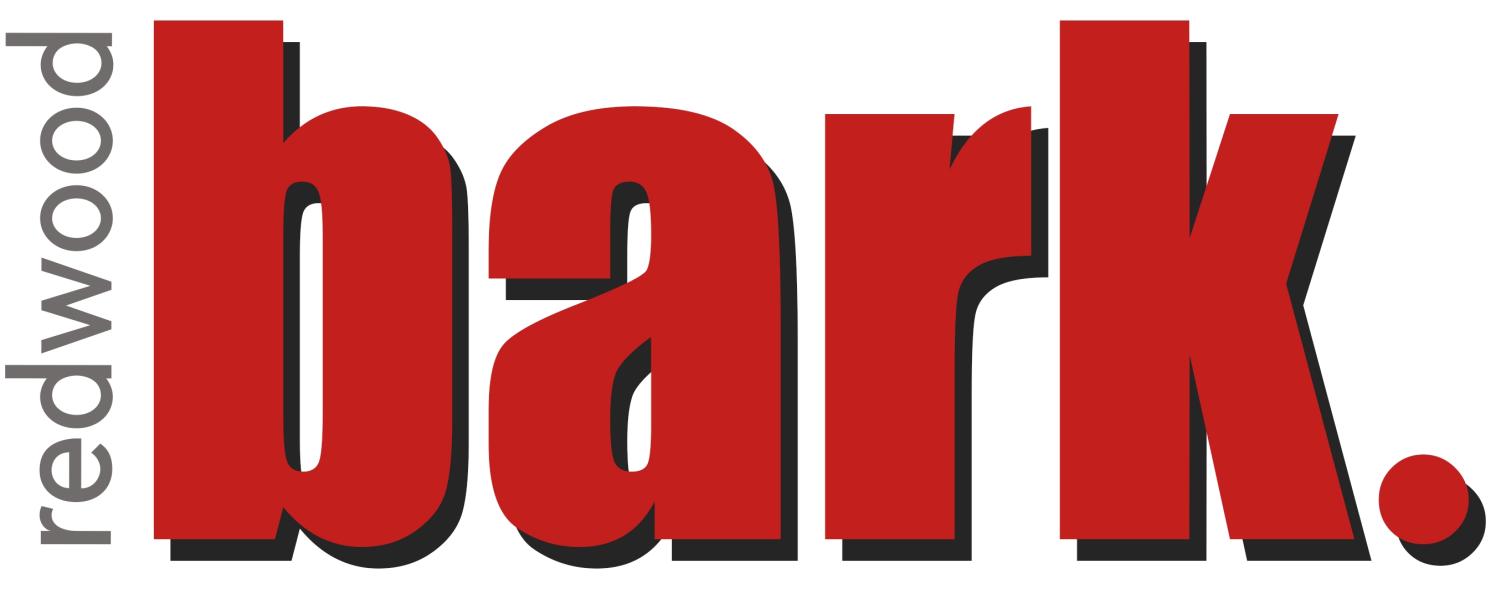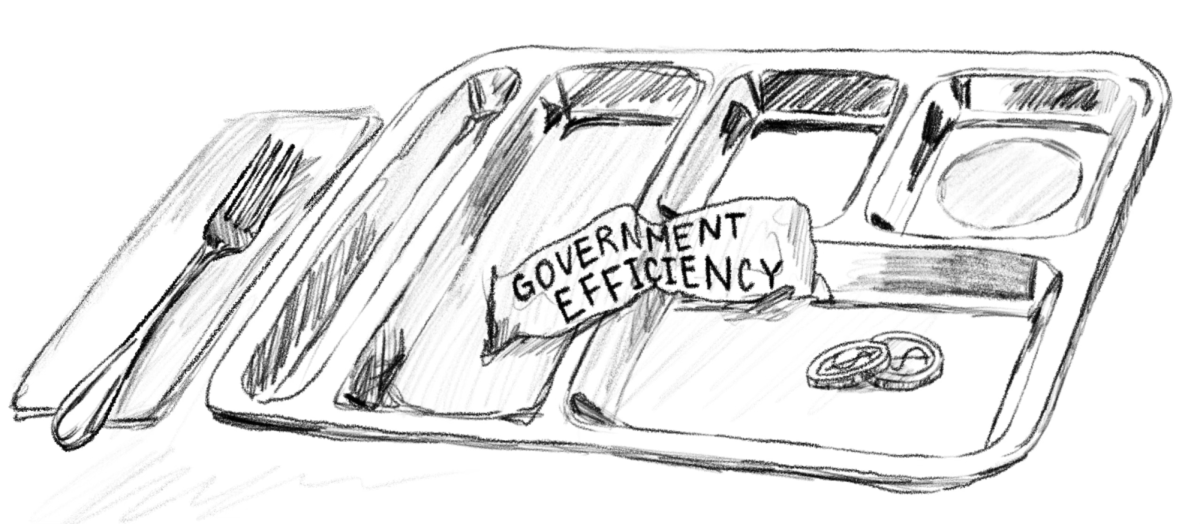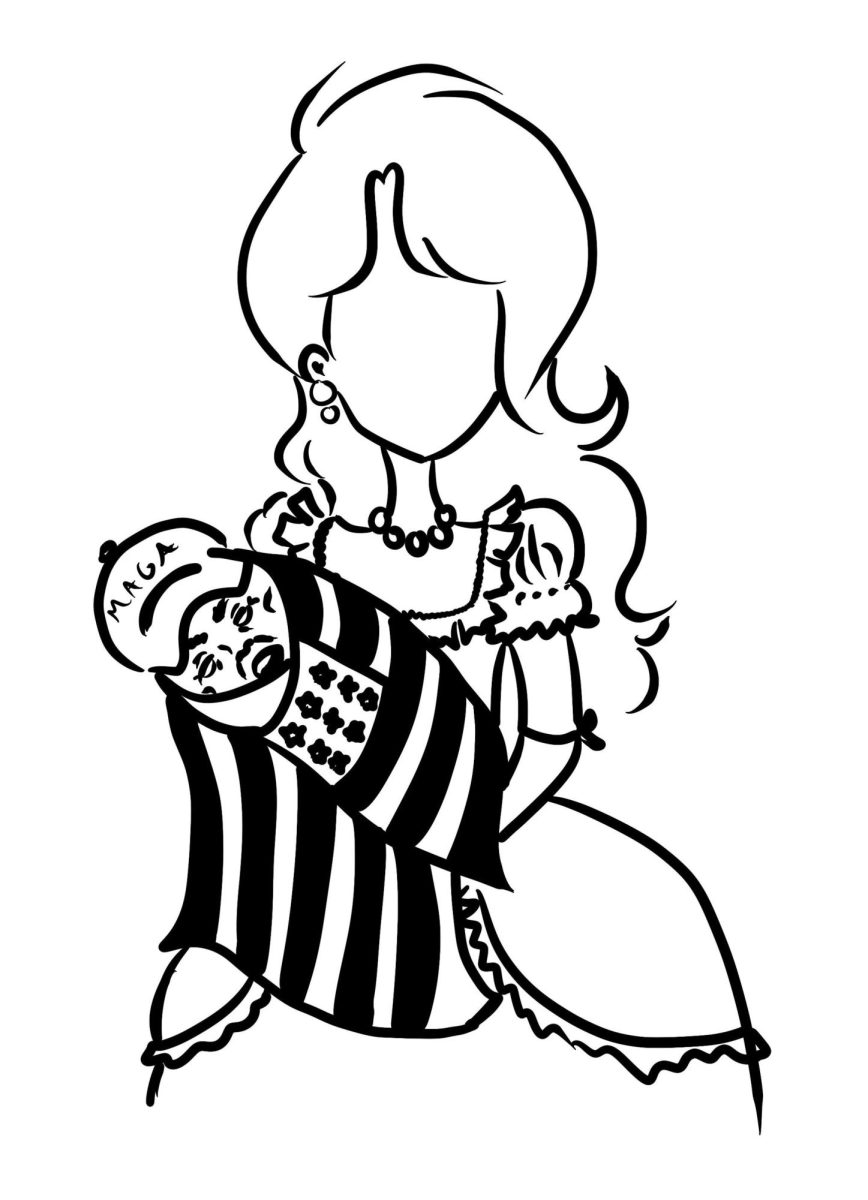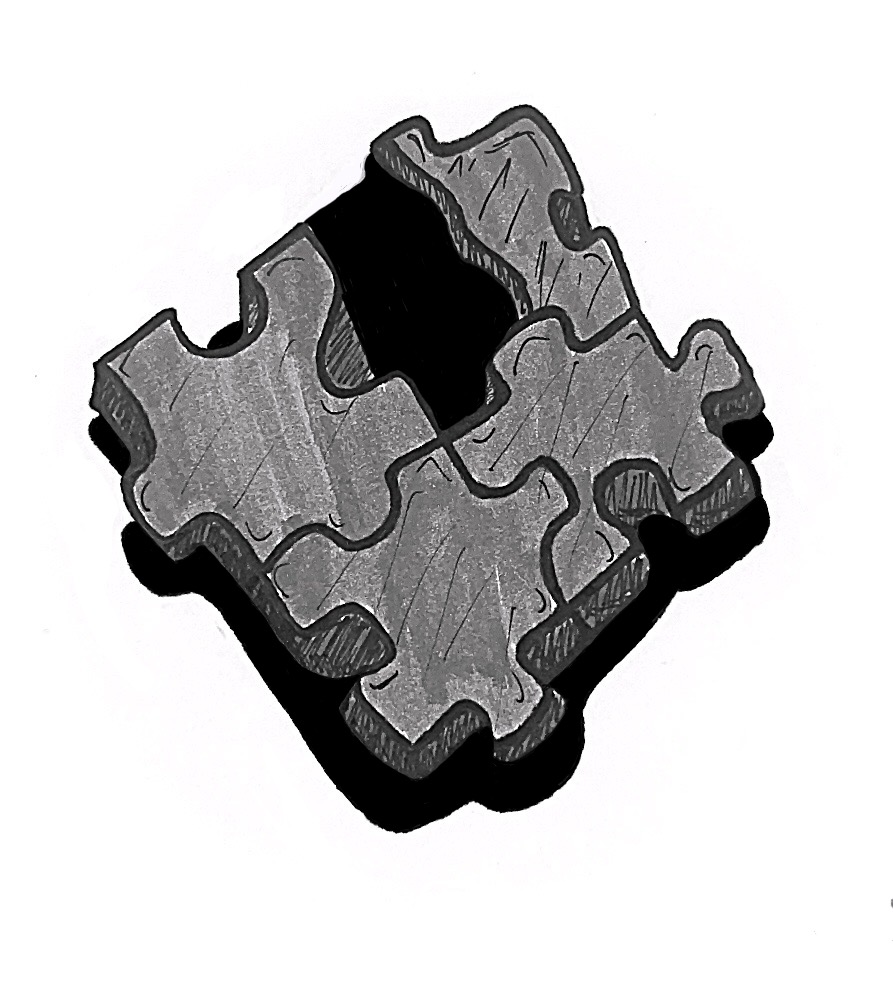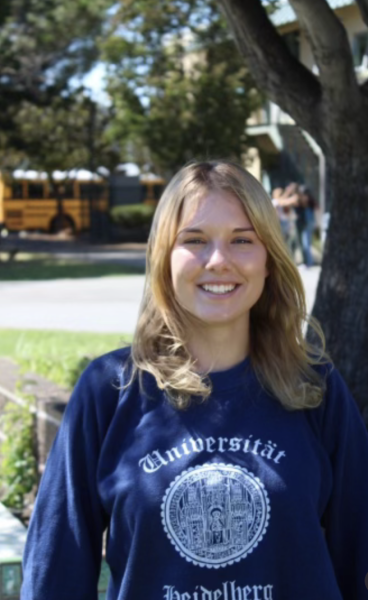The passing of Measure B will distribute 285 million dollars in funding to Tamalpais Union High School (TUHSD) schools based on the proportion of students at each school to fund critical repairs and improvements such as a new cafeteria, replastering pools and replacing outdated classrooms. While these improvements are important, an underutilized opportunity stands out: embracing outdoor learning. Countless research has shown the physical and mental benefits of outdoor learning for both teachers and students. Beyond that, Redwood is located in beautiful and accessible natural surroundings that we should take advantage of. Students and staff can foster better mental health and improved academic success by participating in the “Be Out There” movement with necessary adjustments, emphasizing outdoor educational instruction. With Measure B going into effect to encourage the bettering of our school, outdoor exposure should be incorporated into the school curriculum.
Outdoor education is more than just relocating work time; it is proven to enhance mental well-being. In 2020, the Institute of Educational Sciences reported that between 40 and 60 percent of high school students are chronically disengaged. Disengagement may be attributed to the fact that the average American child aged eight to 18 spends nearly eight hours per day inside looking at screens, as reported by the Kaiser Foundation. According to Environmental Education Research, even small amounts of exposure to nature — even as little as ten-minute doses and two hours over a week — can benefit mental well-being. Even minimal outdoor exposure introduces the benefits of time in nature to students, leading to a transition away from indoor, screen-intensive curricula that could be causing disengagement in schools. A variety of studies supported by the Harvard Graduate School of Education have shown students are often calmer and better able to focus when learning in nature, potentially increasing academic performance.
More outdoor exposure will yield said benefits, as proposed with the “Be Out There” movement’s “Green Hour” goal of the National Wildlife Federation (NWF), which suggests an hour per day in nature if the weather is appropriate to do so. According to the NWF, an “indoor childhood” can lead to “increased child obesity, diabetes and asthma, reduced ability to relate to other children and adults, less realistic life expectations, inability to concentrate, more aggressive behavior and a higher likelihood of personal isolation.” This illustrates just how vital outdoor exposure is when school is a place to support children of all ages on a path to future success.
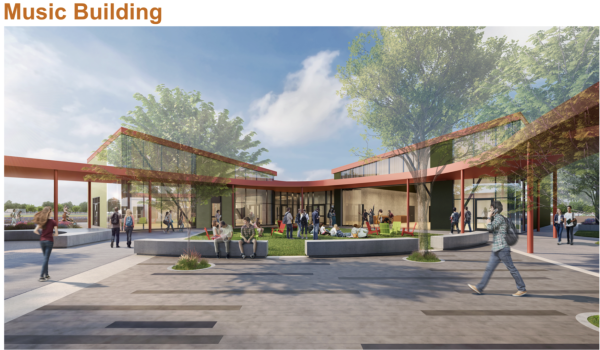
With Redwood’s existing outdoor campus, transitioning to more outdoor instruction is attainable. Measure B funding could be used to reinvent the outdoor spaces on our campus, equipping them with shade structures, seating and other amenities. Enforced educational time outdoors in these spaces should be encouraged. If an hour of outdoor education is required — based on weather and distributed amongst a traditional seven-hour school day — a traditional 90-minute class would only need to spend approximately 13 minutes outdoors, with slight disparities. Only an additional five minutes would be needed to move outdoors with Redwood’s outdoor-dominant layout. Implementing “Be Out There” would take 18 minutes, a small tradeoff for the many benefits to students’ well-being and academic success.
Potential challenges may arise to enforced outdoor education with barriers related to curriculum and instruction, school dynamics and time pressures, according to a study by Environmental Education Research. Moving classroom instruction outdoors can interfere with a teacher’s ability to instruct due to distractions and can cut time out of lessons. However, scheduling outdoor instruction on a rotational basis prevents disruption to lessons. Additionally, funding from Measure B could encourage this change with professional development and resources to lead a transition to the utilization of outdoor education.
Outdoor learning is necessary for modern education, especially when Redwood’s outdoor design layout is being improved upon with Measure B’s efforts. As Measure B takes effect and funding is allocated to necessary improvements, encouraged outdoor instruction, with a requirement of roughly an hour a day distributed throughout a seven-hour day, excluding days of inclement weather, should be implemented. Redwood’s own “Be Out There” movement would provide students the opportunity to be leaders in innovative, nature-based education, not only to perform better academically but to develop stronger mental health and connection to the natural world.
